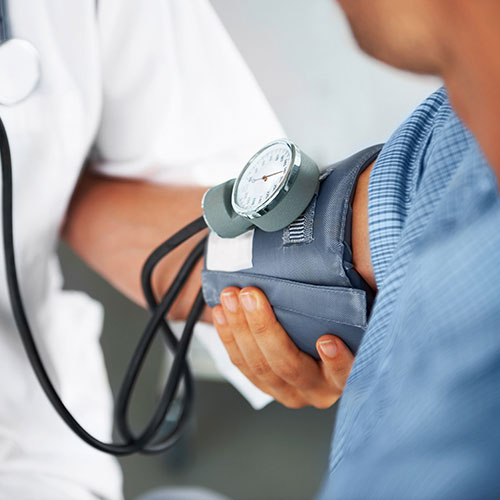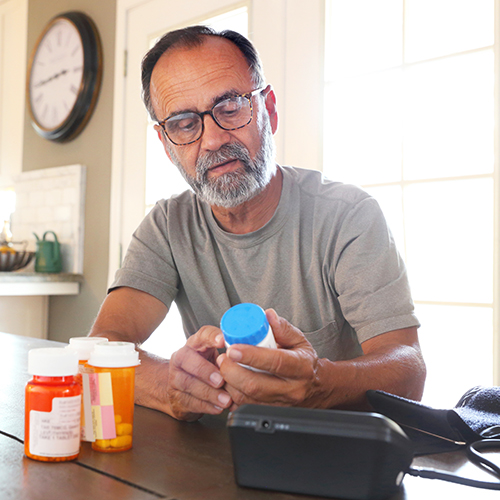February 2022
Knowing how to do cardiopulmonary resuscitation (CPR) can help save someone’s life after a heart attack. If you’re nervous about doing rescue breaths, hands-only CPR offers a safe and effective alternative.
Why it’s important to know CPR
Cardiac arrest is one of the leading causes of death. Each year, some 350,000 people outside of hospital settings experience cardiac arrest, according to the American Heart Association (AHA).
Why use hands-only CPR
Conventional CPR involves giving someone rescue breaths in between pushing on their chest. Some people are nervous about doing it. Concerns about COVID-19 and other infectious diseases can also keep people from doing conventional CPR.
Hands-only CPR doesn’t involve giving the victim any breaths. But it’s just as effective as conventional CPR in the first few minutes after cardiac arrest, according to the AHA. You can learn more by watching the AHA’s 90-second video at heart.org/handsonlycpr.
Steps for hands-only CPR
- Determine if the person needs help. Signs of cardiac arrest include sudden collapse, no pulse, and no breathing. If they’re unresponsive, go to the next step.
- Call 9-1-1. That way, help can arrive as soon as possible. Even with CPR, someone with cardiac arrest needs to go to the emergency room for additional treatment. The 9-1-1 operator can guide you through what you should do while you wait for an EMT.
- Push hard and fast in the center of the chest. Continue giving chest compressions to the beat of a song with 100 to 120 beats per minute, such as “Crazy in Love” by Beyoncé or “Stayin’ Alive” by the Bee Gees.



